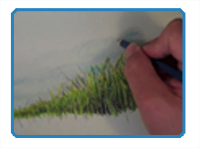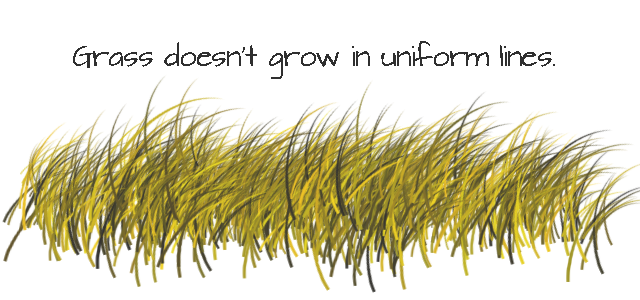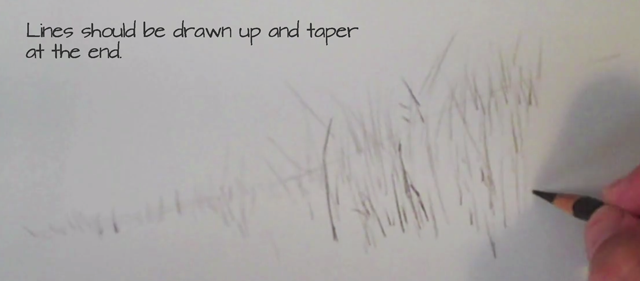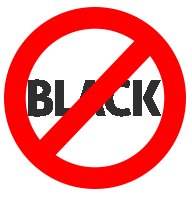
By Matt Fussell
Landscape drawing often requires you to draw grass. (This is beyond an obvious statement.)
If you want to create a realistic-looking landscape drawing, you need to be able to create the illusion of realistic grass in a landscape. Many people struggle with drawing grass that actually looks realistic, but this doesn't have to be the case.
Learning how to draw realistic grass is a matter of understanding how grass grows and recognizing that grass doesn't grow as uniform lines. In fact, grass grows in a very "hap-hazard" way. Grass simply does not grow in unifrom lines, so it shouldn't be drawn that way either.

When you make your marks, let the lines cross over each other. The lines should bend and curve. Take a close look at grass and you'll see that this is how grass actually grows. This should be reflected in your drawing.
Marks made for grass blades should be made from the ground up. This way the line tapers a bit at the end just like a real grass blade. Begin your lines at the ground and move them up towards the sky.
Typically the pressure that is placed on a pencil lessens as the pencil is pulled after the initial contact on the surface. This is what will produce a natural taper at the end of the line.

Grass is not just green either. It's made up of lots of colors. Of course, green should exist in the drawing, but mixed greens will translate better. Try using yellow ochre and darker blues, and then layer yellow-greens on top. Experiment with related colors and see what works for the grass that you trying to emulate.

Sometimes, manufactured greens can look fake and detract from the drawing. We see millions of colors, so it only makes sense that we need to mix as many of these as we can to create a natural illusion.
 When using colored pencils to draw grass, my suggestion is to stay away from black. Black is such a strong color, that when it is used - it can make a drawing look synthetic and unnatural. Instead, try mixing your own, more natural-looking black by mixing dark browns and blues together. Remember, just like anything else - grass has dark and light values. Try the "black" mixture in the shadowed areas and you'll notice that it looks more natural.
When using colored pencils to draw grass, my suggestion is to stay away from black. Black is such a strong color, that when it is used - it can make a drawing look synthetic and unnatural. Instead, try mixing your own, more natural-looking black by mixing dark browns and blues together. Remember, just like anything else - grass has dark and light values. Try the "black" mixture in the shadowed areas and you'll notice that it looks more natural.
The following video tutorial demonstrates how to draw grass with colored pencils...
Here are some more art lessons that you may like...
Colored Pencil Drawing Tutorials
Colored Pencil Drawing of a Frog
How to Draw a Nose with Colored Pencils
Combine Colored Pencils and Watercolor
How to Draw a Rose With Colored Pencils
Colored Pencil Drawing of an Apple
Colored Pencil Drawing Drawing of an Eye